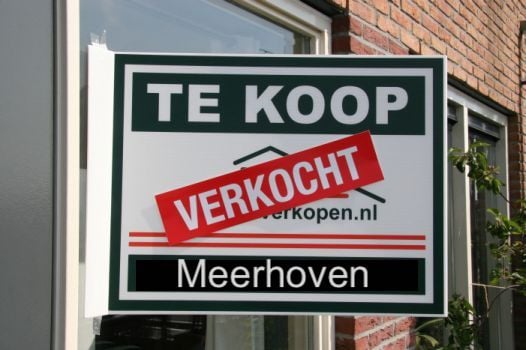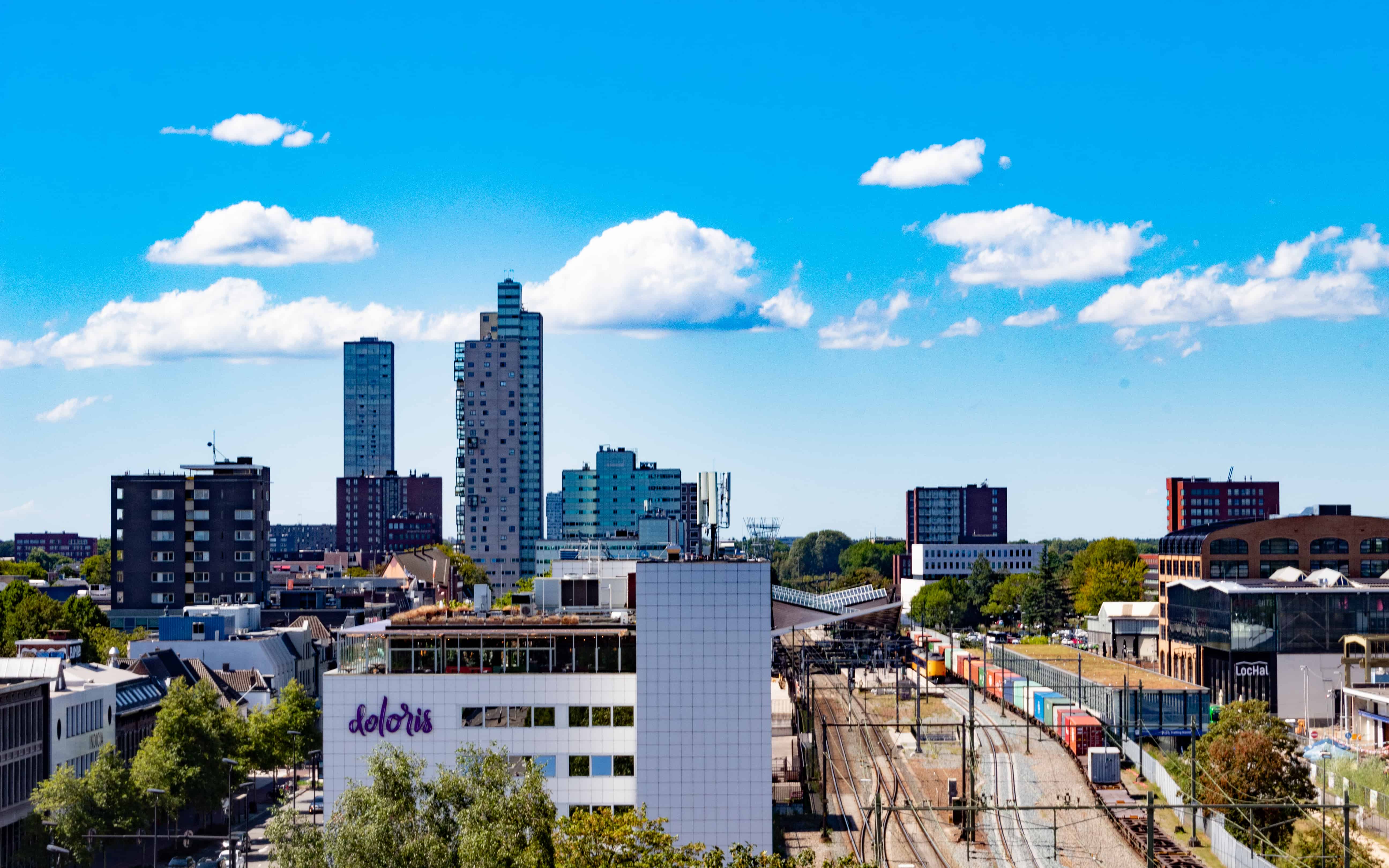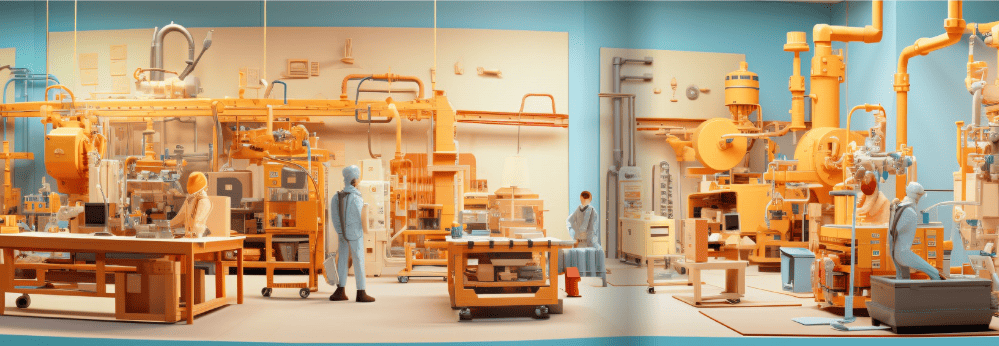
The Eindhoven region is doing well. Brainport Eindhoven is at the top of the list when it comes to economic growth. Brainport is the economic engine of the Netherlands. Yet there is also a downside. For several years now, research has shown that Brainport has to contend with a growing dichotomy: the rich and the underprivileged. Corona is only increasing this dichotomy. This calls for a new phase in the development of Brainport Eindhoven.
Double divide
Not everyone benefits from economic prosperity. In Eindhoven, there are more than 26,0000 people who live in poverty for a long time, so the local Poverty Monitor shows. As a result, 5,500 children grow up in poverty in Eindhoven. And those are the figures from before Corona.
In addition to this financial dichotomy, there is also a dichotomy between promising and underprivileged in the housing market and the labour market. This growing dichotomy, on several fronts, is a major threat to the future of Brainport, as was also recently concluded by the head of research Otto Raspe of the Rabobank Nederland.
So there’s work to be done.
Brainport?
So what is Brainport anyway? The website states as vision and mission:
Brainport:
“Brainport Eindhoven is a technology region in which companies, governments, and educational institutions work together for a brighter future. Because working together is in our nature. Our world is changing constantly and ever faster. What will we need in ten or twenty years’ time? How do we ensure, for example, that there is enough work, income, energy, and food for everyone, that cities are clean and accessible, and that people in our region remain healthy? Who thinks about the future, who thinks about the world of today and of our children? It doesn’t get any more important than this. That’s why we invent and make products that have an impact on the world at the highest level. At the peak of what is technologically possible. Philips was aware of that 125 years ago already.”
That sounds great. And of course, it is great. Technological innovations from our Brainport region have had and will continue to have a major impact on the world. That’s a mega achievement to be proud of.
Successes from the past are no guarantee for the future
This success has brought great economic prosperity to our city and region, and its inhabitants, in recent decades. Nevertheless, in view of the increasing dichotomy, the current approach can also be criticized. The one-sided focus on making top-technological products has been an economic success formula in recent years but is increasingly seen as too narrow a basis to remain successful. It is clear that a number of traffic signs in our region are on red and that a broader approach is needed in order to remain successful in the future. It is precisely the characteristic cooperation in Brainport that offers an optimal starting position for taking up this broader approach together.
“The one-sided focus on making top-technology products has been an economic success formula in recent years, but is increasingly seen as too narrow a basis to remain successful.”
Mary Fiers
The central question, however, is whether all parties involved, government, business and educational institutions share the analysis that a joint broader approach is necessary to remain successful in the future. And if so, is there really a willingness to act accordingly? Or is it ultimately everyone for themselves after all?
A joint focus on broad prosperity
This joint broader approach focuses on the preconditions under which future technological tours de force can be conceived and achieved. By making these preconditions an explicit part of a new joint Brainport strategy, a robust ecosystem can be created that is ready for the future.
Philips had indeed already understood that 125 years ago, but that is what is lacking in today’s time.
In order to make a success of such a new Brainport strategy, one could think of combining knowledge, human resources, and funding for three themes: good and affordable housing, job security, and lifelong learning and (practical) training. In this way, we shift the focus from narrow welfare to broad prosperity.
This new strategy calls for more than just fine words, well-meant intentions, paper covenants, or temporary pilots. It requires a fundamental choice for a multi-year joint investment program. Investments that sometimes only yield returns in the longer term and partly investments outside the organization’s own boundaries.
In today’s global market, are the joint Brainport parties willing and able to do this?
A current example: the housing market
To make my plea concrete, a current example: the housing market.
The many expats who come to work here obviously have to live somewhere. Local real estate agents, therefore, organize bus tours for expats in popular residential areas. According to one real estate agent, this great interest in owner-occupied houses also has a downside: “The prices of owner-occupied houses in, for example, the Meerhoven neighborhood are rising rapidly and for young people looking for their first house it is, therefore, becoming more difficult, if not impossible, to buy a house in Eindhoven”.
It is too simple to think that this issue will resolve itself, at least without a further increase in the dichotomy in the housing market. However, a truly joint approach does offer opportunities. I don’t have a blueprint for the solution, nor do I advocate solutions from the last century, but we can learn from the responsibility Philips took at the beginning of the 20ste century for housing the large numbers of new employees who came to Eindhoven.
Are we going to take this step forward?
The recently established partner fund Brainport Eindhoven, consisting of ASML, Jumbo Supermarkets, High Tech Campus Eindhoven, Philips, PSV, Brainport Development, and VDL Group, is a great first step. Money is being invested by the companies involved to successfully deal with problematic debts.
But a lot more is needed to seriously tackle the dichotomy. Are the Brainport parties going to take the step towards a broad approach to prosperity together?
If it can be done anywhere, it’s here in Brainport. I say let’s do it, and show the world that we really deserve the title of smartest region on all fronts.
About this column
In a weekly column, alternately written by Hans Helsloot, Mary Fiers, Buster Franken, Bert Overlack, Eveline van Zeeland, Tessie Hartjes, Jan Wouters, Katleen Gabriels and Auke Hoekstra, Innovation Origins tries to find out what the future will look like. These columnists, occasionally supplemented by guest bloggers, are all working on solutions to the problems of our time in their own way. So that Tomorrow will be Better. Here are all the previous episodes.







